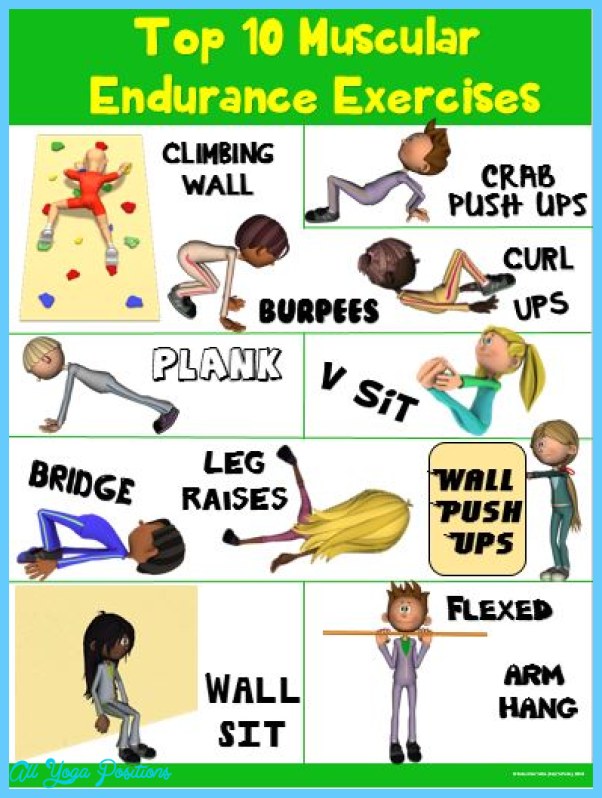

Starting slowly and building momentum each week will allow you to smash through your plateau by the end of this 6-week program. Remember getting injured and not being able to train for weeks at a time is bad return on investment (ROI). If you’re not use to performing explosive, high speed intervals please start off conservatively. Strive to beat your finishing point on treadmill ladder each week.Each session record your starting speed and how far along ladder you were able to complete.Adjust starting speed depending on running ability i.e.: 9.0km, 9.5km, 10km, 10.5km etc.Strive to beat your top and total score each weekĭay 3 – Anaerobic Lactic (short-term energy).Each session record your top score and total score (volume).Absolute 100% effort is to be given during these short intervals.Build balance over the training week, including active rest on regeneration days.ģx sessions per week for 6-weeks Day 1 – Anaerobic Alactic (immediate energy).Each session is tailored to elicit specific training response (Anaerobic Alactic, Anaerobic Lactic and Aerobic) and develop the metabolic infrastructure required to outperform yourself.Use baseline performances, time pressure, set goals (amount of reps, distance etc) and competition to drive your performance.What are some key considerations when designing a EST program? By doing EST programs, by working through different ranges of intensities and time, we then are able to influence these physiological factors, increasing your ability to outperform yourself during your cardiovascular fitness training sessions. This is called your Anaerobic Threshold.īy increasing your Anaerobic Threshold we’re decreasing your exposure to the accumulation of by-products (lactic acid), which eventually will produce fatigue. This increased efficiency in energy production prolongs the point during exercise when your body must switch from aerobic to anaerobic metabolism. The EST method aims to increase the efficiency by which you generate energy from nutrients to improve your athletic performance. Uses oxygen and is the main engine used for efforts over 4 minutes. Our goal is to reduce the bodies exposure to Lactic acid so we can perform at a higher level for longer. Lactic acid is a by-product which causes fatigue. Works without oxygen, produces lactic acid and lasts 0:30 – 4:00 minutes. This system works without oxygen, doesn’t produce lactic acid and lasts for 0:01 – 0:30 seconds. There are three physiological systems that work together throughout training to produce energy To understand how it works you must first understand how the human body produces energy. It will take your cardiovascular fitness to a new level by developing metabolic qualities across a range of intensities and time, helping you to develop into the most well rounded and strongest athlete possible. It’s an incredibly challenging and fun way to train. All our members love this style of training.


I use this training protocol when programming out our SWEAT sessions at Soultrain (my human performance fitness studio). The method I’m talking about is called Energy System Training (EST). Good! Because science has shown that the best results are produced not with long, mindless jogs but with targeted bursts of exertion followed by recovery. This is achieved by increasing oxygen intake, improving strength, stamina, and energy whilst enabling you to burn more calories with each workout. Today I’m going to share with you a training method which will supercharge your average cardio fitness routine and unlock your athletic potential.


 0 kommentar(er)
0 kommentar(er)
